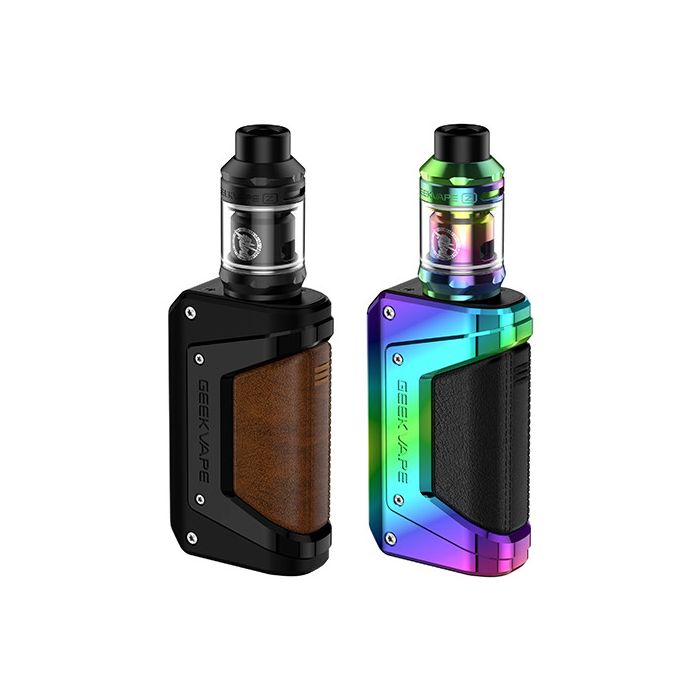
The Role of Social Media and Influencers in Vaping
- hotelchepstow_lkoco9
- 0
- Posted on
In today’s digital age, social media platforms and online influencers have become powerful forces shaping consumer behavior. The vaping industry is no exception. From Instagram posts showcasing thick vapor clouds to YouTube reviews of the latest devices, social media has played a pivotal role in popularizing vaping and creating a global subculture around it. However, this influence has also sparked debate about its impact on youth and public health.
How Social Media Amplified Vaping
When e-cigarettes first entered the market, traditional advertising avenues were often limited due to tobacco-related restrictions. Social media provided a loophole, giving vaping companies a platform to showcase their products in visually appealing and engaging ways. Instagram, TikTok, and YouTube became key spaces where vape brands and enthusiasts posted photos, videos, and tutorials highlighting new devices, flavors, and tricks.
The visual nature of these platforms made them ideal for promoting vaping. Images of sleek devices, colorful e-liquid bottles, and impressive cloud-chasing performances quickly spread across online communities, turning vaping from a smoking cessation tool into a lifestyle trend.
The Power of Influencers
Influencers—social media personalities with large followings—have been instrumental in shaping vaping culture. Vape reviewers on YouTube, lifestyle influencers on Instagram, and even micro-influencers in local communities help introduce new products, demonstrate usage, and create buzz around certain brands. Their content often blends entertainment with product promotion, making vaping appear trendy, innovative, and socially accepted.
For many consumers, influencer content feels more authentic than traditional advertising, increasing trust and credibility. Reviews, unboxings, and tutorials allow viewers to see products in action before making purchasing decisions. This has significantly boosted the visibility of both established and emerging vape brands.
Youth Appeal and Controversy
While influencers have helped build the vaping Crystal Pro Cp10k Pods community, they have also been at the center of controversy. Critics argue that influencer-driven marketing often glamorizes vaping and makes it appealing to younger audiences. Bright packaging, sweet flavors, and trendy aesthetics can blur the line between vaping as harm reduction for adults and vaping as a lifestyle product for teens.
Regulators in many countries have responded by tightening advertising rules, including restrictions on influencer promotions and sponsored content. Despite these measures, vape-related content continues to thrive on social platforms, often in the form of user-generated posts rather than direct brand advertising.
Advocacy and Education
Not all influencer activity in the vaping space is promotional. Many influencers also use their platforms to advocate for vaping as a harm-reduction tool, emphasizing its role in helping smokers quit traditional cigarettes. Others share safety tips, debunk myths, and educate users on responsible vaping practices. This highlights the dual role of influencers: while they can encourage experimentation, they can also spread important health information.
Conclusion
Social media and influencers have been central to the rise of vaping, turning it into both a booming industry and a cultural phenomenon. Their reach has expanded vaping’s visibility, driven innovation, and shaped consumer perceptions. However, this influence comes with responsibility, as the same platforms that build community can also expose young audiences to nicotine products. Balancing marketing, education, and regulation will remain crucial as vaping continues to evolve in the digital era.